Increased Mobile Data Consumption
The lte 5g-broadcast market is significantly influenced by the rising mobile data consumption in South Korea. With mobile data usage projected to grow by over 30% annually, the demand for efficient broadcasting solutions becomes paramount. This trend is driven by the increasing reliance on mobile devices for content consumption, with users spending an average of 4 hours daily on streaming applications. As a result, the lte 5g-broadcast market must evolve to accommodate this growing demand, ensuring that data delivery is optimized for mobile platforms. The ability to broadcast high-quality content over 5G networks not only enhances user experience but also positions the market for substantial growth in the coming years.
Government Initiatives and Support
The South Korean government plays a pivotal role in the growth of the lte 5g-broadcast market through various initiatives and support mechanisms. Policies aimed at promoting digital infrastructure development have led to significant investments in 5G technology. For instance, the government allocated approximately $1.5 billion for the expansion of 5G networks, which directly benefits the broadcasting sector. Furthermore, regulatory frameworks are being established to facilitate the deployment of 5G broadcasting services, ensuring that the market can operate efficiently. This proactive approach not only enhances the technological landscape but also encourages private sector investment, thereby fostering innovation within the lte 5g-broadcast market.
Rising Demand for High-Quality Streaming
The LTE 5G-Broadcast Market in South Korea experiences a notable surge in demand for high-quality streaming services. As consumers increasingly seek seamless and high-definition content, the market is poised to expand. Recent data indicates that over 70% of South Korean households now subscribe to streaming services, which necessitates robust broadcasting capabilities. This trend is further fueled by the proliferation of smart devices, with an estimated 90% of the population owning smartphones. Consequently, the lte 5g-broadcast market must adapt to meet these expectations, ensuring that content delivery is both efficient and reliable. The integration of 5G technology enhances the ability to deliver high-quality video and audio, thereby attracting more users and increasing overall market revenue.
Technological Advancements in Broadcasting
Technological advancements are reshaping the lte 5g-broadcast market in South Korea, enabling more efficient and innovative broadcasting solutions. The introduction of advanced encoding techniques and improved transmission methods allows for higher quality content delivery with reduced latency. As a result, broadcasters can offer enhanced viewing experiences, which is crucial in a competitive market. Moreover, the integration of artificial intelligence and machine learning into broadcasting systems is expected to optimize content delivery and audience engagement. These technological innovations are likely to attract new players into the lte 5g-broadcast market, further stimulating competition and growth.
Growing Interest in Interactive and Personalized Content
The lte 5g-broadcast market is witnessing a growing interest in interactive and personalized content among consumers in South Korea. As audiences seek more engaging experiences, broadcasters are compelled to innovate and provide tailored content that resonates with individual preferences. This shift is evident in the increasing popularity of interactive applications and services that leverage 5G capabilities. Data suggests that nearly 60% of users express a preference for interactive content over traditional broadcasting formats. Consequently, the lte 5g-broadcast market must adapt to these changing consumer demands, fostering the development of interactive platforms that enhance viewer engagement and satisfaction.


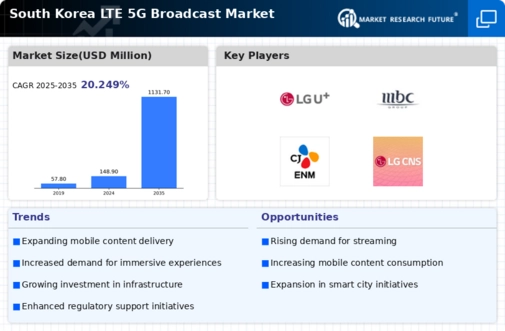
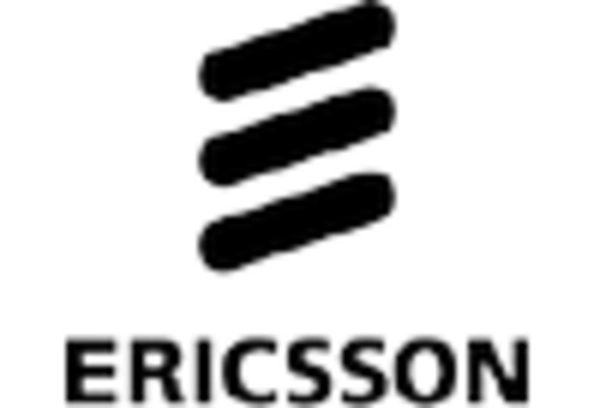
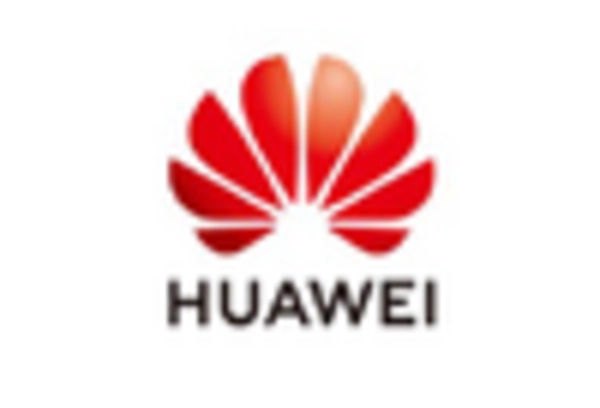

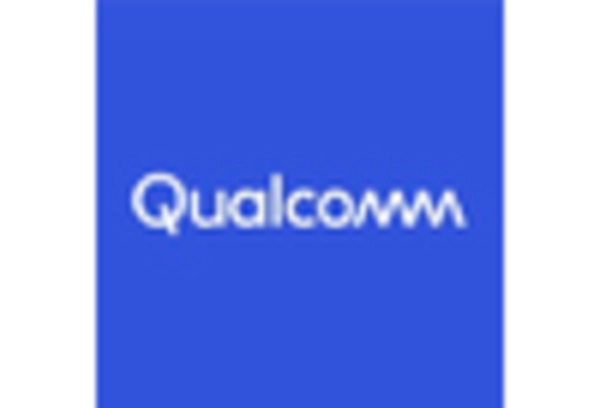
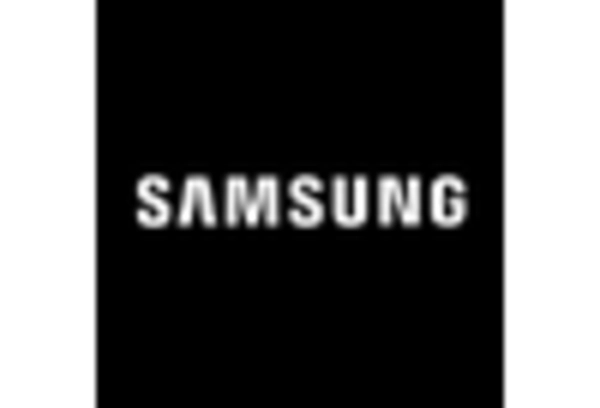
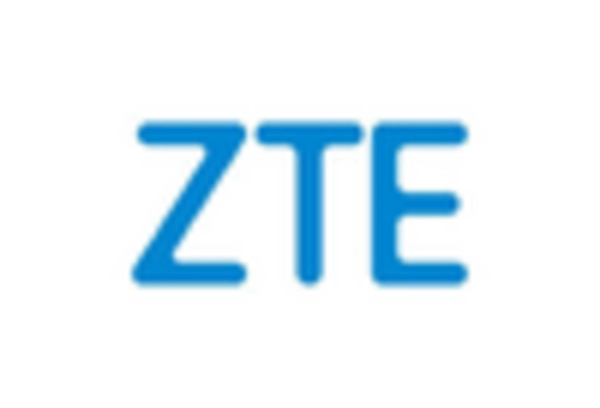








Leave a Comment